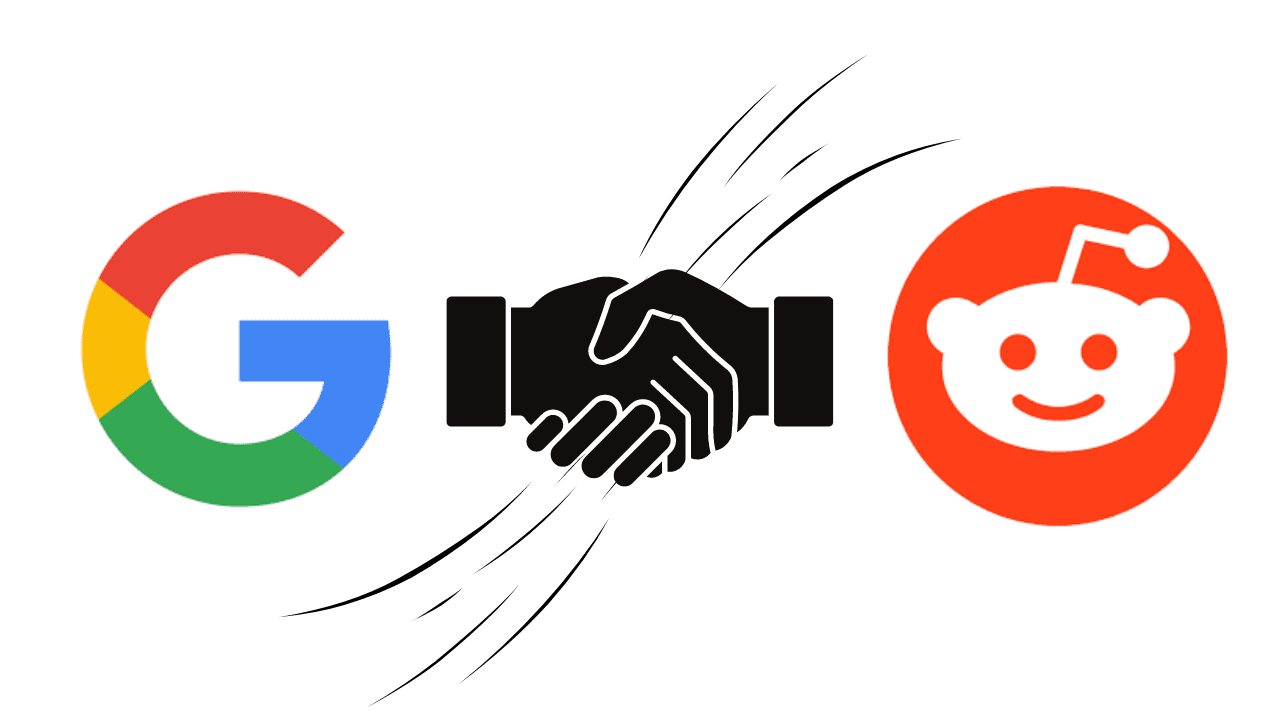We've talked a lot about Google's algorithm updates recently, like the August core update last month, but it may help to understand what the algorithm actually is. Of course it's a complex system with many moving parts that work together to deliver the results we see, but how does it actually work?
Rather than focusing on how to rank higher, we're breaking down the key components that make Google’s search algorithm work, from the basics of crawling and indexing to their advanced models.
Crawling and Indexing
At the core of Google's algorithm are two fundamental processes: crawling and indexing. Crawling is how Google discovers new and updated content on the web. It sends out "spiders" or bots, such as Googlebot, to move from link to link, collecting data on webpages. These bots scan the content, noting the structure, text, and links to other pages.
A key part of this process is the robots.txt file. This file is placed on a website and tells Googlebot which pages it should or shouldn’t crawl. It’s a way for site owners to control how their content is discovered by search engines, ensuring that unnecessary or private pages aren’t indexed.
If you want to look at your robots.txt file, you can put /robots.txt at the end of your base domain such as the example below.
insertyourdomainhere.com/robots.txt
Once the pages are crawled, they enter the indexing phase. During indexing, Google processes the information gathered by the bots and organizes it into its massive search index. This index is like a digital library, cataloging webpages so they can be retrieved quickly when someone searches for something related to the content.
To monitor how your pages are being indexed, Google Search Console is a valuable tool. It allows you to check which of your site’s pages have been indexed, see any potential crawl issues, and request indexing for important pages that may not yet appear in search results. If you see any indexing errors, we have a great guide that goes over common indexing errors.
Without proper crawling and indexing, even the best content would never appear in search results because Google wouldn’t know it exists or how it’s connected to other relevant content.
RankBrain: Google's Learning Algorithm
After crawling and indexing, Google uses RankBrain, a machine learning system, to help determine the most relevant search results. Introduced in 2015, RankBrain focuses on understanding user intent, especially for ambiguous or complex queries. It doesn’t just match keywords; it looks at patterns in how users interact with search results to refine future rankings.
RankBrain works by identifying relationships between words and phrases, even if they’re not exact matches. For example, if you search for "how to fix a noisy fridge," RankBrain can interpret this as a search for troubleshooting guides or common causes of refrigerator noise, even if those exact words aren’t used.
By analyzing user behavior and interaction, RankBrain continually improves its ability to match queries with relevant content, helping Google understand what the user really wants—whether they’re looking for answers, products, or in-depth information.
BERT: Understanding Context in Search Queries
In 2019, Google introduced BERT (Bidirectional Encoder Representations from Transformers), a model designed to improve Google’s understanding of the context behind search queries. Unlike traditional keyword matching, BERT allows Google to interpret entire sentences by looking at the relationships between all the words in a query rather than treating each word individually.
BERT is especially important for understanding more natural, conversational searches. For instance, in a query like “can you get medicine for someone at the pharmacy,” BERT helps Google understand that the query is about picking up medicine for someone else, not just any generic information about pharmacies.
By improving how Google understands the nuances of language, BERT allows for more accurate search results, especially for longer, more detailed queries where the meaning can change based on the phrasing or order of words.
MUM: Powering Multitasking and Multiformat Search
In 2021, Google launched MUM (Multitask Unified Model) to significantly expand the way it handles search queries. While earlier models like BERT helped Google understand individual sentences, MUM goes further by processing information across multiple formats—text, images, video—and even multiple languages.
Imagine you upload an image of a mountain and ask, “What is this, and how do I prepare for hiking it?” MUM can identify the mountain and pull in relevant hiking tips, combining both visual and textual information. It can also pull content from other languages and translate it into your preferred language, giving you a more comprehensive answer.
MUM is also a key component in Google Gemini, the company’s advanced AI platform. In Gemini, MUM’s ability to multitask and interpret different data formats enables more nuanced, intelligent responses across a broader range of inputs. This integration ensures that users get the most accurate and detailed results, no matter how complex or varied their query might be.
How It All Works Together
Google’s search algorithm is a complex system that goes beyond simple keyword matching. It’s a finely tuned system where each component works together to improve search accuracy and relevance. Crawling and indexing lay the foundation by discovering and cataloging content, while RankBrain deciphers user intent to make sense of ambiguous or complex queries. BERT takes it a step further by understanding the context of language, and MUM brings it all together by handling multiple formats and languages to offer the most comprehensive results.
While these technologies are constantly evolving, the underlying goal remains the same: to connect users with the most accurate, useful information based on their search queries. Understanding these key components gives you a clearer picture of how Google works behind the scenes and continues to improve the search experience.
PRO TIP!
Unlock the full potential of your website with our SEO GO SERVICE! Our SEO services are designed to help you develop and continually adjust a strategy that improves your website’s performance, accessibility, and search engine visibility. By staying up to date with search engine algorithm changes and shifting industry trends, we ensure that your SEO strategy evolves to meet both user needs and search engine requirements. With a focus on long-term growth and adaptability, we provide an expert-driven approach that helps your site maintain strong visibility and credibility over time.






Leave a comment
0 Comments